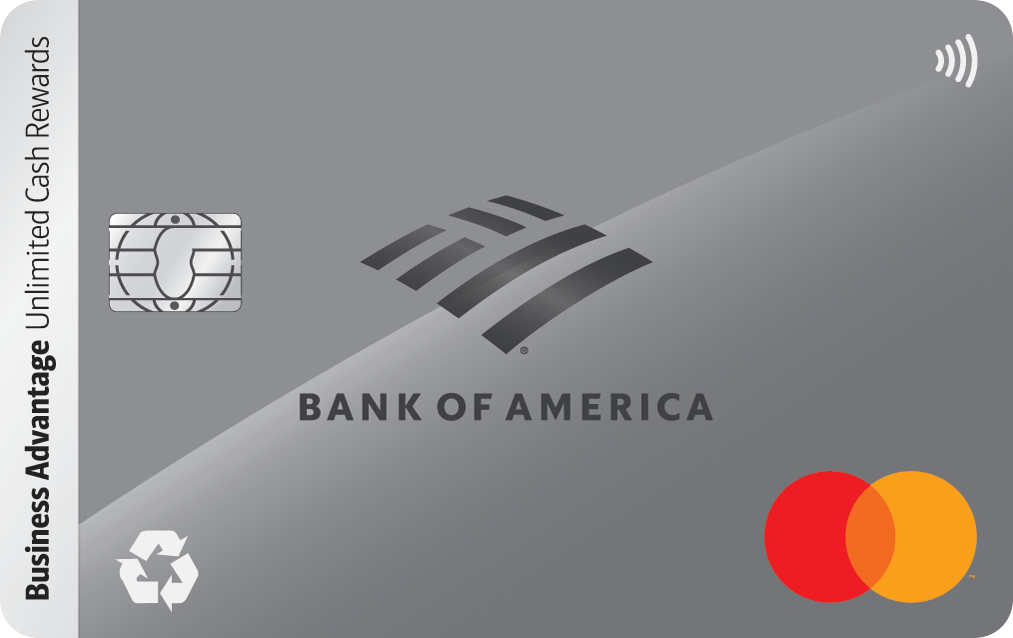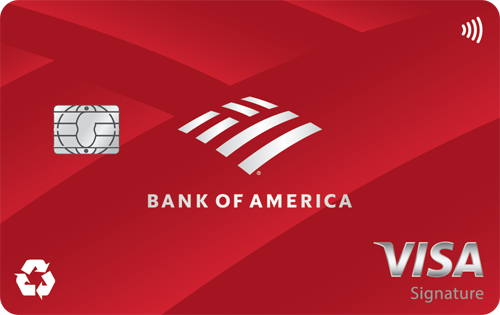How Sam Bankman-Fried Lost $32 Billion Overnight
KEY POINTS
- FTX was one of the largest cryptocurrency exchanges in the world and its founder Sam Bankman-Fried was considered the savior of the crypto industry.
- Overnight both Bankman-Fried and FTX suffered one of the most spectacular collapses in history.
This is your guide to one of the largest crypto crashes.
Sam Bankman-Fried (known as SBF) is the latest casualty of the crypto markets. Now worth about $850 billion, the global crypto market cap dropped by over 70% after reaching its height of $3 trillion in November 2021. Along the way, numerous crypto platforms and funds went under. And now, SBF's $32 billion cryptocurrency exchange FTX, has followed suit, filing for bankruptcy on Nov. 11, 2022. Overnight, FTX had one of the most dramatic collapses in history. So what happened?
Crypto's white knight
Sam Bankman-Fried, now 30 years old, was born and raised in California. After graduating from MIT in 2014, he began working in the investment industry. In 2017 he founded Alameda Research, a cryptocurrency trading firm. Then in 2019 he founded FTX, a cryptocurrency exchange. These two entities made up the bulk of SBF's wealth -- $26 billion at its peak.
As the crypto markets surged in 2021, so did Bankman-Fried's fortune. It seemed like his success was unstoppable. He gained celebrity status and began getting deeply involved in politics. During 2022's crypto winter, SBF was heralded as the savior of the crypto industry as he bailed out other fledgling crypto firms, including Robinhood.
FTX quickly grew to be the world's third-largest exchange. Its valuation continued to swell, raising over $2 billion in venture funding since its start. His firm was backed by the world's top private equity and hedge funds and endorsed by celebrities such as NFL legend Tom Brady, supermodel Gisele Bundchen, Seinfeld co-creator Larry David, and NBA stars Steph Curry and Shaquille O'Neal.
FTX's troubles begin
Binance, the largest crypto exchange by volume and FTX's competitor, was an early investor in FTX. Binance CEO Changpeng Zhao decided to sell his stake in FTX back to SBF in 2021. Instead of receiving cash, Binance received $2.1 billion in BUSD (a fiat-backed stablecoin issued by Binance and Paxos) and FTT (FTX's own native cryptocurrency).
The first sign of trouble came when on Nov. 2, 2022, CoinDesk published a report with worrying news about Alameda's and FTX's financial health. Several days later, Mr. Zhao said he would sell his $580 million worth of FTT tokens. This caused the price of FTT to fall by over 80% and within a few days, worried investors withdrew $5 billion of their funds from the platform.This led to a classic bank run, leaving FTX with an $8 billion liquidity shortfall.
FTX collapses
In dire need of cash, SBF looked to his main rival, Binance, for a loan. After initially agreeing to this on Nov. 8, Binance pulled out of the deal the next day, forcing FTX to file for bankruptcy on Nov. 11. That same day SBF resigned as CEO and FTX halted all cryptocurrency withdrawals. The damage rapidly spread throughout the crypto market as many other crypto firms had exposure to FTX and FTT. Since the fallout, Bitcoin has hit a two-year low.
The story doesn't end there. The day the company declared bankruptcy, a hacker stole over $400 million worth of crypto from the company. The collapse kicked off a number of investigations by the SEC and Justice Department and within a week, the Securities Commission of the Bahamas, where FTX was based out of, took control of the bankrupt FTX.
SBF charged and arrested
On Dec. 12, 2022 SBF was arrested in the Bahamas and charged with multiple crimes, including wire, commodities, and securities fraud. He is accused of illegally using customer funds to help Alameda, lying to investors about FTX and Alameda's financial condition, and mismanaging his company.
After being extradited to the U.S., on Dec. 22. SBF was released on a $250 million bond, the largest in history. SBF has pleaded not guilty. FTX currently has more than 1 million creditors, with the largest 50 owed close to $3.1 billion. Customers still have not been able to withdraw their funds.
Protecting yourself
So what can we learn from the sudden rise and fall of SBF and FTX's bankruptcy? Cryptocurrency fraud is a real problem that affects investors and traders across the globe. It is important to understand that unlike investing in a stock, the crypto industry is still relatively new and very volatile. It is still relatively unregulated with little oversight. If you want to invest in crypto, you should only invest what you can afford to lose.
One of the best tools for protecting yourself is a non-custodial wallet. This means platforms like FTX don't have control of your cryptocurrency. Those who used a custodial wallet with FTX unfortunately may never get their money back. There are two types of non-custodial wallets: hot wallets and cold wallets.
Hot wallets are connected to the internet, such as through your phone or computer, while cold wallets are hardware devices where you can store your crypto offline. Keeping your cryptocurrency in a cold wallet makes you less vulnerable to hacking and online attacks. Cold wallets however, are more cumbersome to use and if you forget your security information, you may never get access to your crypto again.
Make sure you keep detailed records and download all of your transactions and holdings. Unfortunately, FTX users are unable to login and get access to their statements. You will need them for tax purposes and evidence of your holdings to reclaim what you can.
While there is no foolproof way to protect yourself from fraudulent activities related to cryptocurrency, there are steps that you can take to reduce your risk of becoming a victim. Be vigilant when dealing with unknown parties or when considering crypto-related investments. Crypto is still a new industry, so you should only invest money you can afford to lose. This way if your platform fails like FTX did, you won't have lost your life savings.
Our Research Expert




